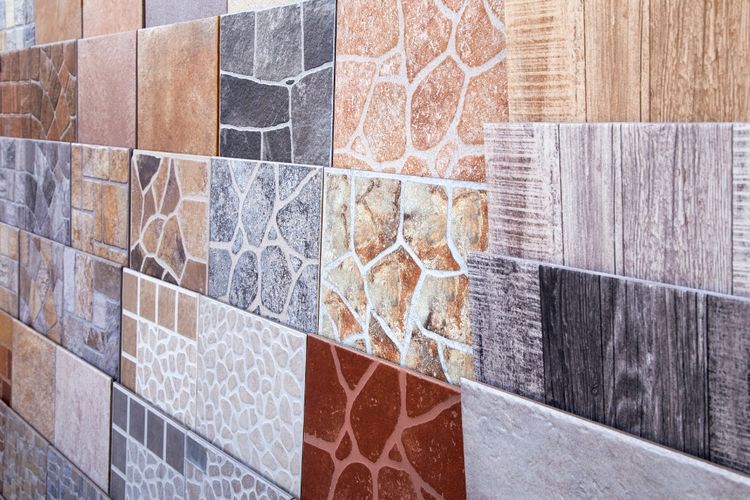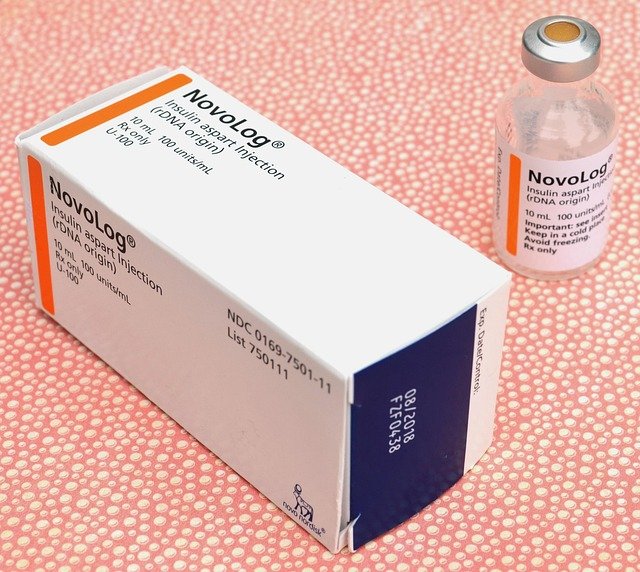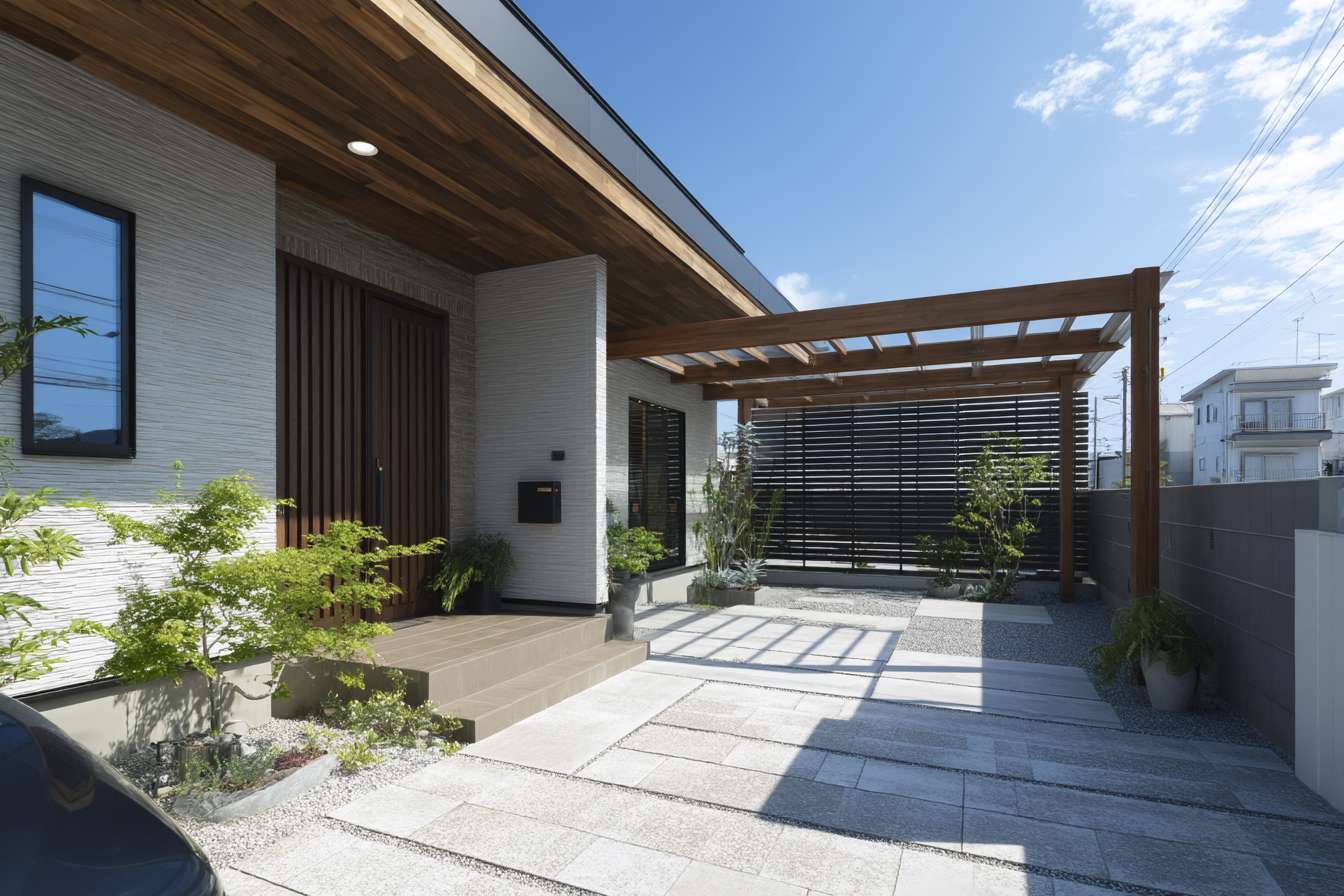Peel and Stick Stone Wall Panels: A Comprehensive Guide to Transforming Your Space
Peel and stick stone wall panels have emerged as a popular choice for homeowners looking to add a touch of natural elegance to their living spaces without the hassle of traditional stone installation. These versatile panels offer a quick and easy way to achieve the look of real stone, making them an attractive option for various home improvement projects. In this comprehensive guide, we'll explore the ins and outs of peel and stick stone wall panels, from their common applications to installation tips and considerations.

Where are peel and stick stone wall panels commonly used in home projects?
Peel and stick stone wall panels have found their way into numerous areas of the home, thanks to their versatility and ease of installation. One of the most popular applications is in living rooms, where these panels can create a striking accent wall that becomes the focal point of the space. Kitchens are another common area for these panels, often used as backsplashes to add texture and visual interest behind countertops and stoves. In bathrooms, peel and stick stone panels can transform shower surrounds or create a spa-like atmosphere around bathtubs. Homeowners also frequently use these panels in entryways and foyers to make a lasting first impression on guests. Outdoor spaces, such as patios and covered porches, can benefit from the durability and weather-resistant properties of certain peel and stick stone panels, adding a touch of natural beauty to exterior walls.
What should you know about installing peel and stick stone panels on different surfaces?
When it comes to installing peel and stick stone panels, the surface preparation is crucial for ensuring a long-lasting and professional-looking result. Most panels adhere best to smooth, clean, and dry surfaces. For drywall, a light sanding and thorough cleaning may be sufficient. However, when applying to painted surfaces, it’s essential to ensure the paint is well-adhered and not peeling. Textured walls may require additional preparation, such as applying a thin layer of joint compound to create a smoother surface. For bathroom or kitchen installations, it’s important to choose panels specifically designed to withstand moisture and humidity. Some surfaces, like brick or concrete, may require a primer or special adhesive for better bonding. Always follow the manufacturer’s instructions regarding surface preparation and installation techniques, as these can vary between brands and panel types.
How do these panels compare to traditional stone or tile options?
Peel and stick stone panels offer several advantages over traditional stone or tile installations. The most significant benefit is the ease of installation. While traditional stone requires professional installation, specialized tools, and often structural reinforcement, peel and stick panels can typically be installed by DIY enthusiasts with basic tools. This ease of installation translates to significant cost savings on labor. Additionally, peel and stick panels are generally lighter than real stone, putting less stress on walls and allowing for installation in areas where weight might be a concern. In terms of time, a peel and stick project can often be completed in a fraction of the time required for a traditional stone installation. However, it’s important to note that while these panels can look remarkably realistic, they may not provide the same depth and variation as natural stone. Traditional stone also offers superior longevity and durability, particularly in high-wear areas or exterior applications.
What materials and textures are often found in peel and stick wall panels?
Peel and stick wall panels come in a wide array of materials and textures designed to mimic various types of stone. Some of the most popular options include panels that replicate the look of stacked stone, offering a dimensional, layered appearance reminiscent of natural stone walls. Faux slate panels provide a sleek, modern look with the appearance of smooth, flat stones. For those seeking a more rustic aesthetic, panels mimicking river rock or fieldstone are available, featuring rounded, irregular shapes. In terms of materials, many peel and stick panels are made from high-density polyurethane, which allows for detailed textures and realistic coloring. Some manufacturers offer panels made from thin slices of real stone adhered to a backing material, providing an authentic stone look and feel. Vinyl and PVC panels are also common, often chosen for their water-resistant properties and suitability for bathroom or kitchen installations.
What are the key things to consider before choosing peel and stick stone panels for your space?
Before committing to peel and stick stone panels for your home project, there are several important factors to consider. First, assess the condition of your walls and ensure they are suitable for panel installation. Uneven or damaged walls may require repair before application. Consider the size of your space and how the panels will fit – some cutting may be necessary, especially around outlets or corners. Think about the overall style of your room and choose a panel design that complements your existing décor. If you’re installing in a high-moisture area like a bathroom, ensure the panels are rated for such environments. Consider the lighting in your space, as it can significantly affect the appearance of the panels. Natural light can enhance the realistic look of stone panels, while artificial lighting may require careful consideration to avoid highlighting the artificial nature of the product.
How do peel and stick stone panels compare in cost to other wall treatments?
When it comes to cost, peel and stick stone panels often fall in the middle range of wall treatment options. They are generally more expensive than paint or wallpaper but significantly less costly than installing real stone veneer. The cost can vary widely depending on the quality of the panels, the material they’re made from, and the brand.
Here’s a comparison of typical costs for different wall treatments:
| Wall Treatment | Average Cost per Square Foot | Installation Complexity |
|---|---|---|
| Paint | $1 - $3 | Low |
| Wallpaper | $3 - $8 | Medium |
| Peel and Stick Stone Panels | $8 - $20 | Low to Medium |
| Traditional Stone Veneer | $20 - $30 | High |
| Real Stone Installation | $30 - $50+ | Very High |
Prices, rates, or cost estimates mentioned in this article are based on the latest available information but may change over time. Independent research is advised before making financial decisions.
It’s important to note that while the upfront cost of peel and stick panels may be higher than some options, the ease of installation can lead to significant savings on labor costs. Additionally, the durability of quality panels can make them a cost-effective choice in the long run, potentially lasting for many years with proper care and maintenance.
In conclusion, peel and stick stone wall panels offer a versatile and relatively affordable option for homeowners looking to add the appearance of stone to their living spaces. While they may not perfectly replicate the depth and texture of real stone, their ease of installation, variety of styles, and cost-effectiveness make them an attractive choice for many home improvement projects. By carefully considering your space, budget, and design goals, you can determine whether peel and stick stone panels are the right choice for transforming your home’s interior or exterior walls.




